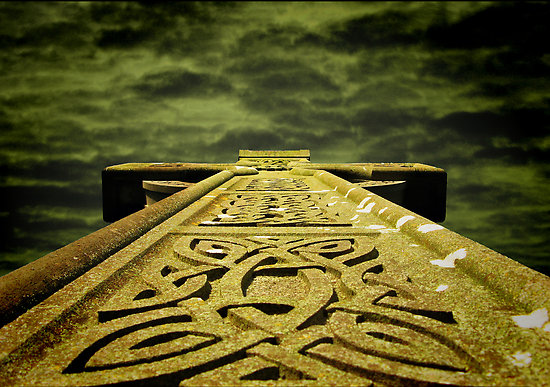Hear the words from An Episcopal Dictionary of the Church, (Church Publishing Online):
The liturgy intended as the first (and arguably, the primary) celebration of Easter in the BCP (pp. 284-95). It is also known as the Great Vigil. The service begins in darkness, sometime between sunset on Holy Saturday and sunrise on Easter, and consists of four parts: The Service of Light (kindling of new fire, lighting the Paschal candle, the Exultet); The Service of Lessons (readings from the Hebrew Scriptures interspersed with psalms, canticles, and prayers); Christian Initiation (Holy Baptism) or the Renewal of Baptismal Vows; and the Eucharist. Through this liturgy, the BCP recovers an ancient practice of keeping the Easter feast. Believers would gather in the hours of darkness ending at dawn on Easter to hear scripture and offer prayer. This night-long service of prayerful watching anticipated the baptisms that would come at first light and the Easter Eucharist. Easter was the primary baptismal occasion for the early church to the practical exclusion of all others. This practice linked the meanings of Christ's dying and rising to the understanding of baptism.The Easter Vigil is the “hinge” service that transitions God’s people from Lent into the Joy of Easter. In the early church (likely common as early as the 4th century) catechumens (those seeking baptism/membership into the church) would engage a process (usually, starting much before Lent) to prepare for baptism spiritually, theologically, and communally. It was then the custom that most baptisms would occur at the Vigil.
This year, a family of five and an infant of another family will be baptized during the Easter Vigil. If someone were to ask me: “Which service would you prefer me to attend”? I would likely direct you to the Easter Vigil Service for its immersion in scripture, its journey from "darkness into light", and its unique and focused pageantry.
Let us give thanks for the wonder and blessing of the resurrection.

No comments:
Post a Comment